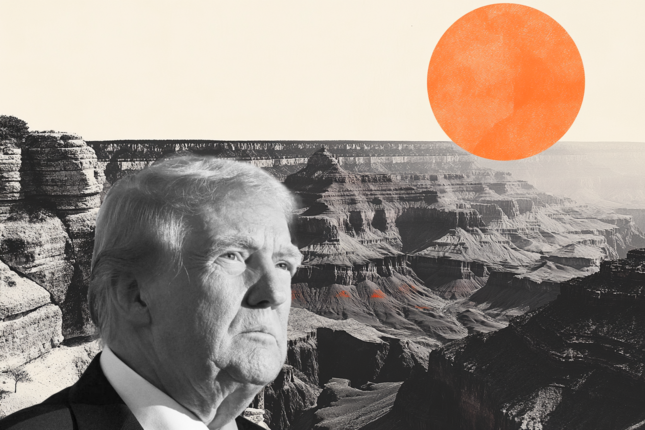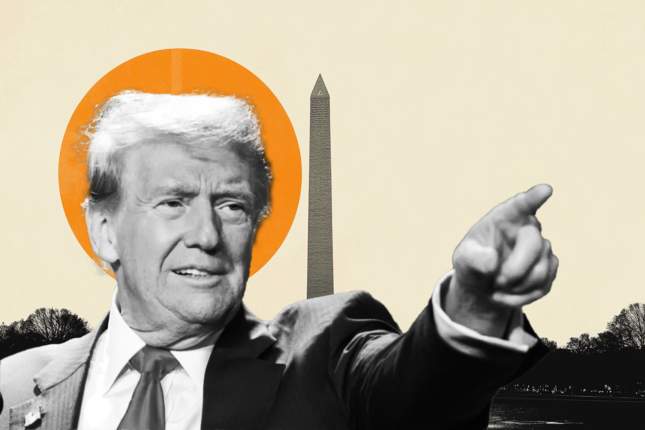US Dollar holds after trade deal with the UK and Trump comments
- US Dollar Index recovers slightly but fails to break above 100.23 resistance.
- Trump announces a UK trade deal, but tariffs remain.
- Traders continue to digest Wednesday’s Fed decision.
The US Dollar Index (DXY), which measures the value of the US Dollar against a basket of currencies, trades near 100.00 on Thursday, lifted modestly by upbeat US data and expectations of extended yield differentials. Markets initially cheered news of a US-UK trade deal, though enthusiasm faded as details confirmed tariffs would remain in place.
Daily digest market movers: US Dollar holds ground after muted UK deal
- US President Donald Trump announced a “major” trade deal with the United Kingdom, though key tariffs will remain at 10%, limiting market enthusiasm.
- Investors remain skeptical about progress on China tariffs as Trump shows no intent to ease 145% duties and China delays negotiations.
- Markets await this weekend’s preliminary US-China trade discussions in Switzerland, but both sides are downplaying hopes for rapid breakthroughs.
- The July 9 deadline for the Trump administration’s tariff review approaches with limited new trade agreements signed so far.
- US jobless claims fell to 228,000, beating market expectations and suggesting labor market strength.
- The Bank of England reduced its policy rate by 25 basis points to 4.25%, widening the interest rate gap versus the US and boosting USD demand.
- US Treasury yields remain supported with the 10-year note at 4.345%, ahead of a $39 billion auction and FOMC communication expected next week.
- Risk sentiment improved after equities rallied, with the Dow Jones up over 1.6% as hopes grew for more trade clarity.
- Gold surged to $3,400 per ounce as investors hedged against lingering trade tensions and muted USD upside despite central bank divergence.
- Trump hinted that more trade announcements could come in “weeks,” but offered no timeline for actual agreement signings.
- Fed Chair Jerome Powell’s next speech remains key, with the central bank expected to hold rates steady while inflation remains a concern.
- Markets continue to price in two Fed rate cuts by year-end with the first move projected in July, barring strong inflation surprises.
- Asian currencies remain firm as countries like Singapore and Malaysia tolerate stronger FX to ease trade frictions with the US.
US Dollar Index technical analysis: Not bullish yet
The US Dollar Index (DXY) trades around 100.00 with a modest 0.25% daily gain. Price action remains capped within the 99.61–100.21 range. The Relative Strength Index (RSI) at 45 and the Average Directional Index at 48 both signal neutral momentum.
The Moving Average Convergence Divergence (MACD), however, flashes a buy, while the Ultimate Oscillator also trends neutral at 61.24. Mixed moving average signals highlight indecision: the 20-day Simple Moving Average (SMA) at 99.64 supports buyers, but the 100-day (105.17) and 200-day (104.33) SMAs continue to reflect broader bearish pressure. Key resistance is located at 100.23, 100.86 and 100.91; support lies at 99.83, 99.81 and 99.67.
Tariffs FAQs
Tariffs are customs duties levied on certain merchandise imports or a category of products. Tariffs are designed to help local producers and manufacturers be more competitive in the market by providing a price advantage over similar goods that can be imported. Tariffs are widely used as tools of protectionism, along with trade barriers and import quotas.
Although tariffs and taxes both generate government revenue to fund public goods and services, they have several distinctions. Tariffs are prepaid at the port of entry, while taxes are paid at the time of purchase. Taxes are imposed on individual taxpayers and businesses, while tariffs are paid by importers.
There are two schools of thought among economists regarding the usage of tariffs. While some argue that tariffs are necessary to protect domestic industries and address trade imbalances, others see them as a harmful tool that could potentially drive prices higher over the long term and lead to a damaging trade war by encouraging tit-for-tat tariffs.
During the run-up to the presidential election in November 2024, Donald Trump made it clear that he intends to use tariffs to support the US economy and American producers. In 2024, Mexico, China and Canada accounted for 42% of total US imports. In this period, Mexico stood out as the top exporter with $466.6 billion, according to the US Census Bureau. Hence, Trump wants to focus on these three nations when imposing tariffs. He also plans to use the revenue generated through tariffs to lower personal income taxes.
Forex News
Keep up with the financial markets, know what's happening and what is affecting the markets with our latest market updates. Analyze market movers, trends and build your trading strategies accordingly.




















